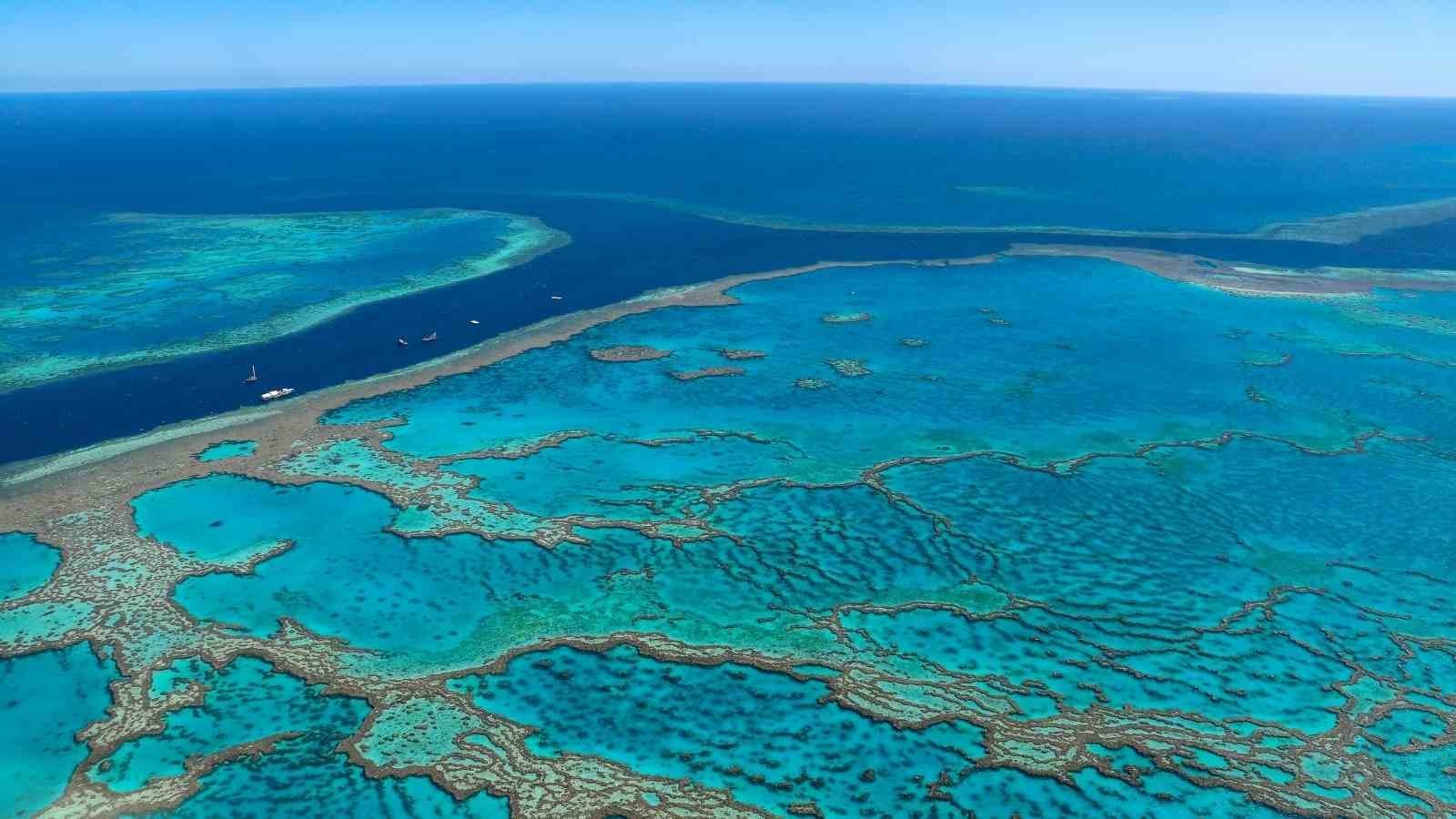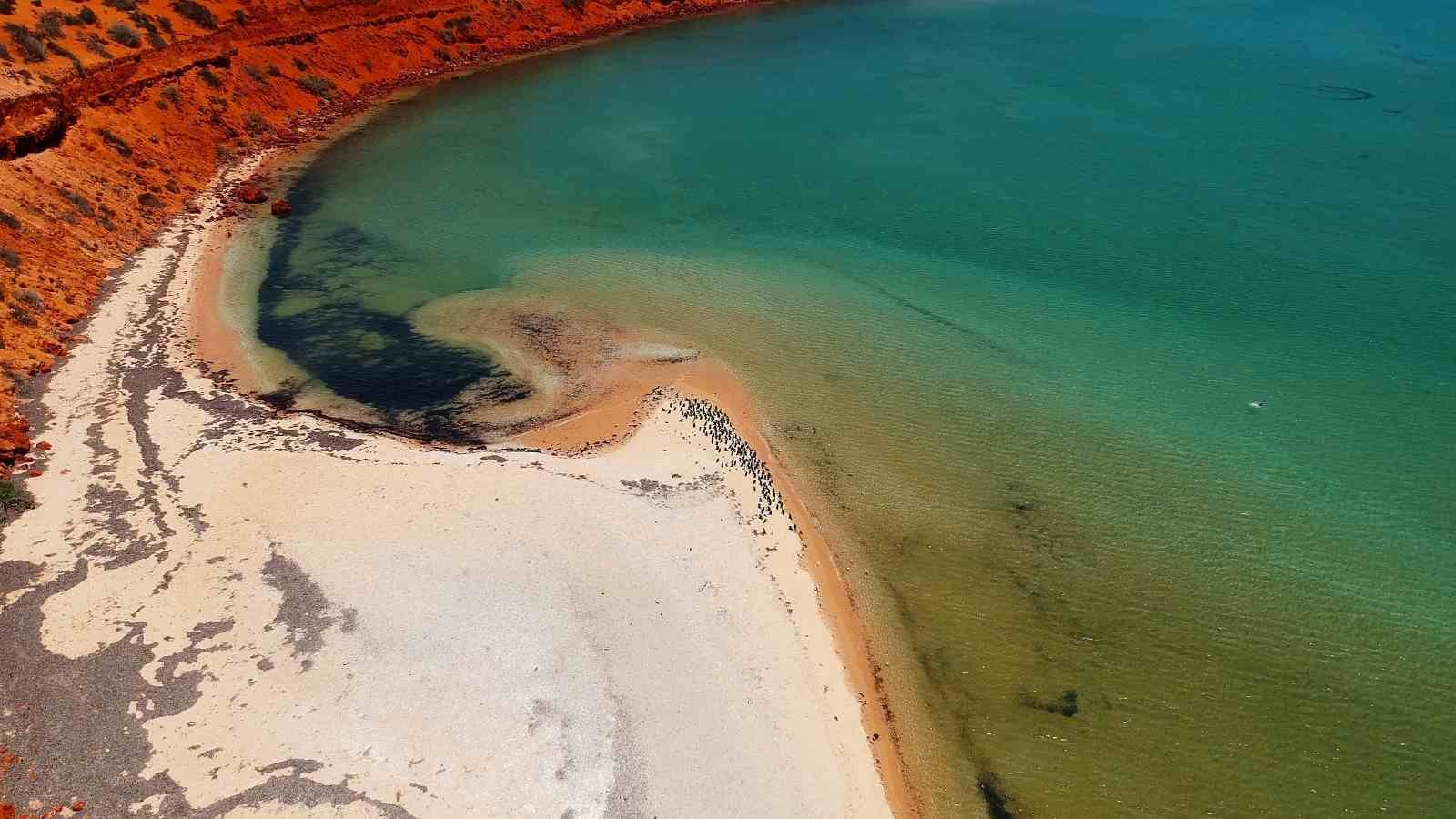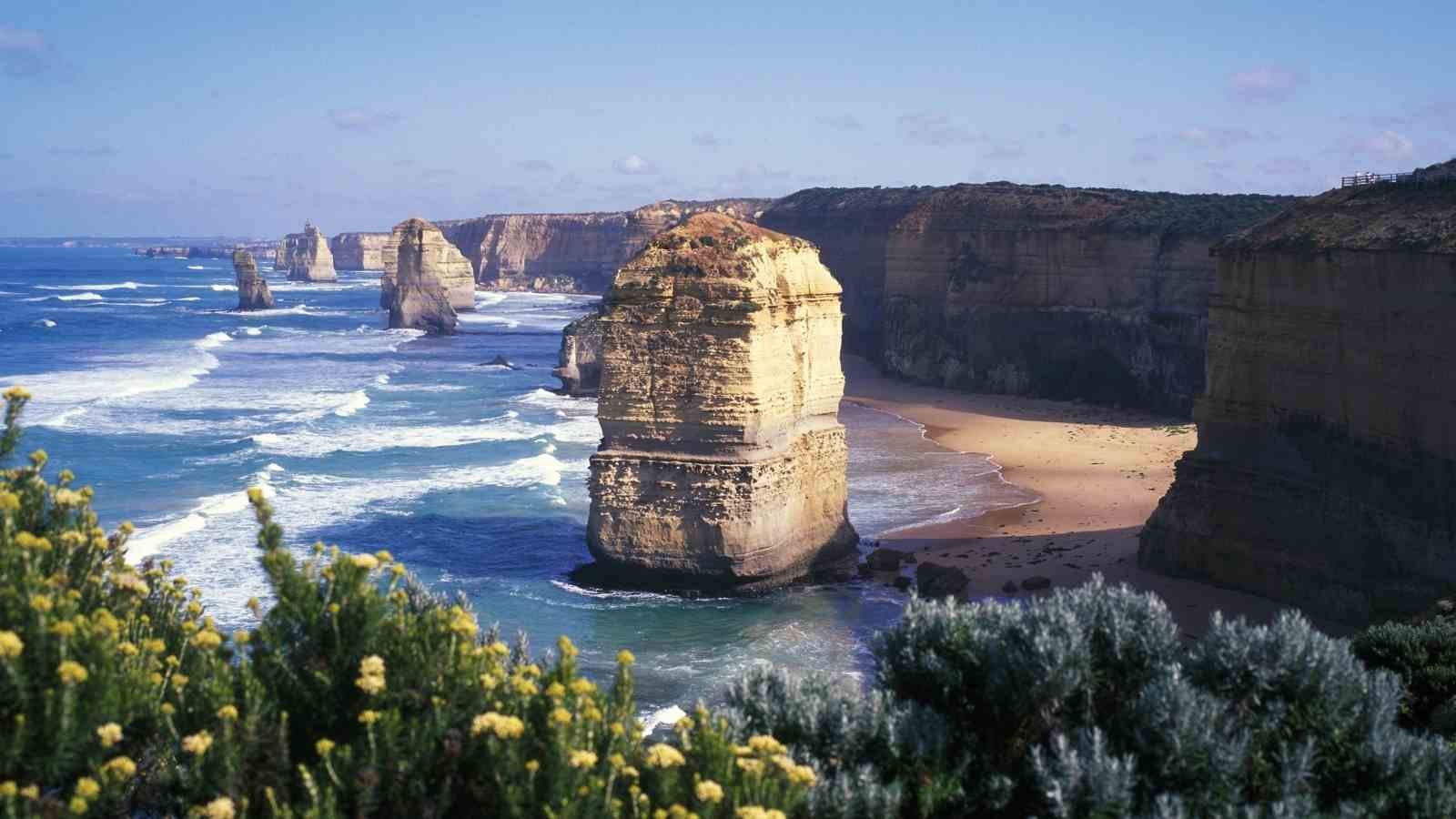The Great Barrier Reef and Uluru were both passed over for inclusion on the list of the New 7 Wonders of Nature, but Oz boasts some of the most breathtaking scenery on the planet, according to many experts. There is so much to do in Australia, from glass bottom boat Exmouth Tours to visiting the Grampians National Park, which is why we've selected ten of the most breathtaking natural wonders to visit in Australia.
1. The Great Barrier Reef
The Great Barrier Reef, the only living object on the planet that can be seen from space, was formed 25 million years ago. Which extends over 3,000 kilometres off the Queensland coast and has 400 distinct kinds of coral and 1,500 different species of tropical fish, it is the world's biggest reef system. Pollution and increasing tourists threaten the survival of this beautiful but fragile landscape.

2. Uluru (Ayers Rock)
Uluru is a sacred site to the indigenous Anangu people, who have asked that visitors refrain from climbing the sandstone monolith, which is located 450 kilometres (280 miles) southwest of Alice Springs in the Uluru-Kata Tjuta National Park. Uluru-Kata Tjuta National Park is home to the world's largest sandstone monolith. It was once known as Ayers Rock, and it is 348 metres (1,142 feet) tall and has a circle of 9.4 kilometres (5.8 miles). In particular, the various colours that wash it, especially at dawn and sunset, have made it famous.
3. Shark Bay
In Western Australia's west coast, Shark Bay's 1,500-kilometer-long W-shaped shoreline of rocky limestone cliffs, white sand dunes, and rocky outcrops is located around 800 kilometres north of Perth. In addition to 10,000 dugongs and a plethora of endangered species, dolphins, and the most varied sea grass on the planet can be found in the bay's many small peninsulas. Historians believe it was here that Europeans first set foot on American soil and declared it "no good."

4. The Pinnacles
These limestone structures, which are located around three hours north of Perth, were formed 30,000 years ago when the retreating water left deposits of seashells on the shoreline. These sandstone formations rise many metres out of the Nambung National Park, which is home to grey kangaroos, emus, and a variety of reptiles and amphibians. Traveling on a budget and avoiding the crowds is possible.
5. Twelve apostles
It was erosion that produced these limestone stacks, which are visible from the Great Ocean Road, off the coast of Victoria, where they are still being eroded today. Contrary to their designation as the Twelve Apostles, there were only nine at the time of their designation — but after a recent fall, there are now eight. Their foundation is eroding at a pace of two millimetres each year.

6. The MacKenzie Falls National Park
The most impressive waterfall in the Grampians National Park, a sandstone mountain range that rises from the plains 235 kilometres west of Melbourne and is home to a large population of kangaroos. Throughout the year, water cascades down 30 metres into a canyon at MacKenzie Falls, creating a rainbow mist when the light shines through it.
7. Fraser Island
A total of 123 kilometres in length and up to 22 kilometres in width, Fraser Island is the world's biggest sand island, and it sits at the southern end of the Great Sandy Straight. Forests, 240-meter-high sand dunes, 100 freshwater lakes, and a varied animal population, including a large number of dingoes, may all be found here.
8. Kakadu National Park
Kakadu National Park, which has 20,000 square kilometres of tropical biodiversity, including 1,700 plant species, is located 171 kilometres southeast of Darwin in the Northern Territory. It is made up of floodplains, tidal flats, and rock terrain, among other things. Aboriginal rock carvings may be seen all over the place, and there is uranium mining on the property, which is contentious. It's also a haven for both freshwater and saltwater crocodiles, so be cautious where you go.

9. The Blue Mountains
The Blue Mountains are located about two hours west of Sydney. The green color of the landscape is derived from eucalyptus oil extracted from gum trees. The limestone rock structure, the Three Sisters, rises from a sandstone plateau and 760-meter-deep canyons at Echo Point, on the slopes of the Great Dividing Range. It is a popular tourist destination. It is home to some of the world's oldest plant species, notably Wollemi pines, which are the botanical equivalent of dinosaurs of their age.
10. Bungle Bungles
The Bungle Bungles/Purnululu National Park, located in the northwestern part of the continent, has a condensed sandstone range that rises to a height of 578 meters. The massif is 350 million years old and is made up of condensed sandstone. Gorges, tropical pools, and caverns are all home to a variety of animals and plants that are unique to the area.
Read also:

Leave a Reply